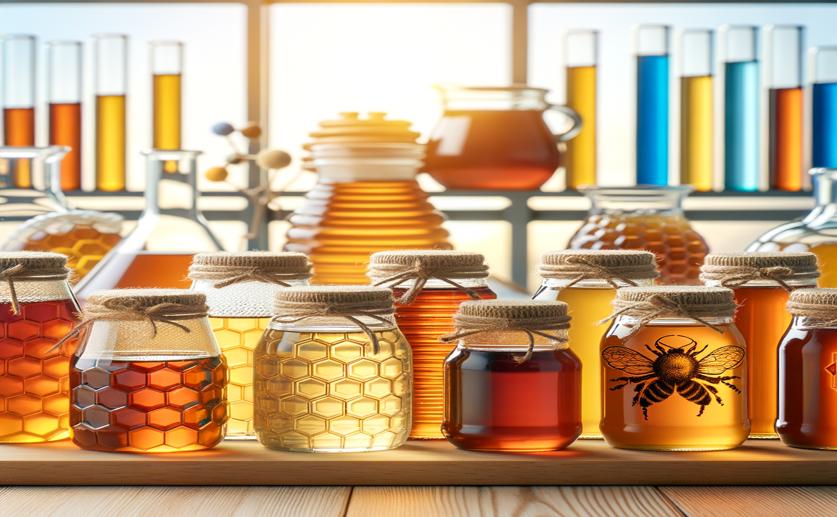
Creating a Quick Test to Tell Apart Different Honey Types
Jim Crocker
20th April, 2024

Image Source: Natural Science News, 2024
Key Findings
- McGill University researchers developed a faster method to verify honey's origins
- The new 'dilute-and-shoot' technique accurately identifies honey types by their unique chemical fingerprints
- This method simplifies detecting honey adulteration, ensuring consumers get genuine products
References
Main Study
1) Development of a LC-QTOF-MS based dilute-and-shoot approach for the botanical discrimination of honeys.
Published 22nd May, 2024 (future Journal edition)
https://doi.org/10.1016/j.aca.2024.342536
Related Studies
2) A Comprehensive Review on the Main Honey Authentication Issues: Production and Origin.
3) Development and application of a database of food ingredient fraud and economically motivated adulteration from 1980 to 2010.
4) Honey authenticity: analytical techniques, state of the art and challenges.



 16th March, 2024 | Greg Howard
16th March, 2024 | Greg Howard